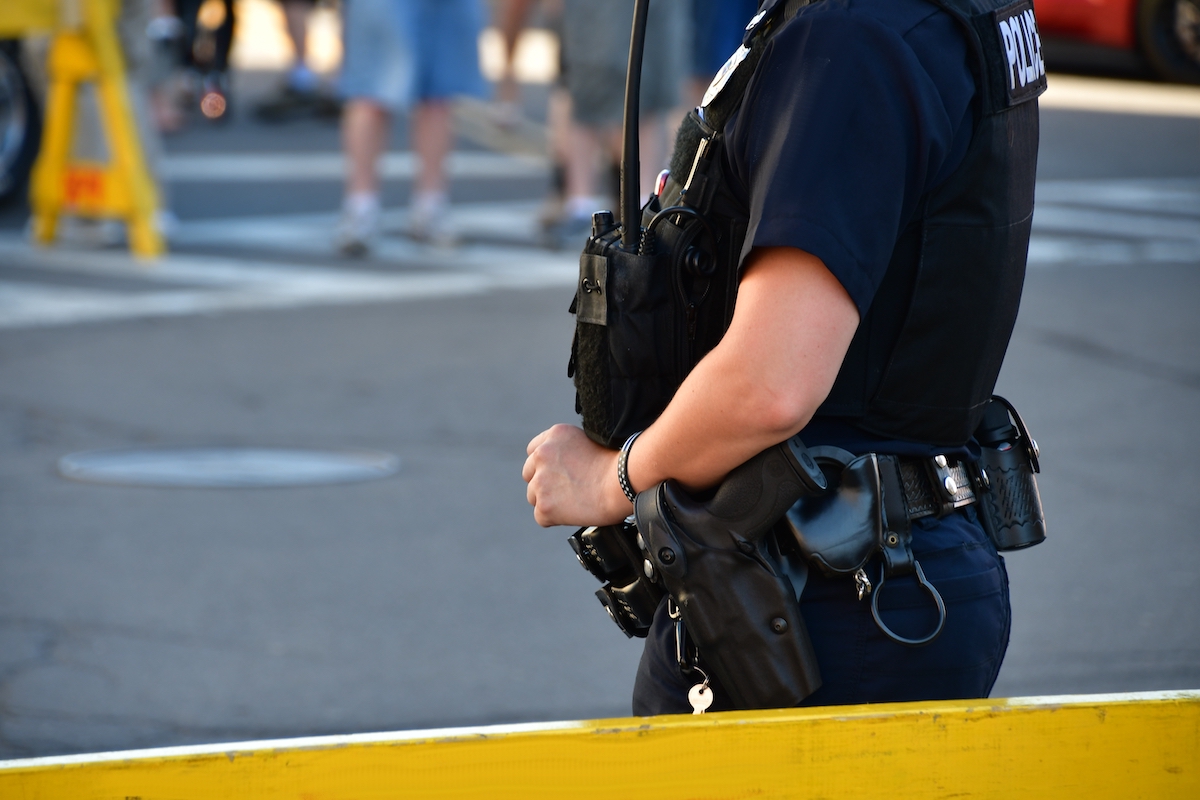In our blog series, we try to explain the importance of working with your first responders. However, in this case, it is imperative that you partner with them to understand what they recommend you do when confronted with a possible SWATTING incident; the topic of this blog. It will be necessary to bring them all together (law enforcement, fire, and EMS) so everyone knows exactly what is expected of them during these events. Since these can happen at any time, you should be on the phone with them now, before you read any further so you can get the process started, then of course we want you to come back and finish reading this blog so you have a better understanding of what you are up against and why these are the next big National Threat to our schools and communities. Now let’s talk a little more about what they are.
We have talked extensively about Prevention/Mitigation, Preparedness, Response, and Recovery. These are the FEMA guidelines for emergency readiness. Within this process, almost every state mandates that schools prepare an All-Hazards approach to their school safety plans. With this in mind, we have to look at those risks and hazards that we are most likely to face, then make plans to Prevent/Mitigate them, Prepare for them, Respond to them, and Recover from the effects of them. Enter our newest and latest threat to the safety of our schools and communities: SWATTING. You may be asking yourselves, or wanting to ask me how a false alarm can be a threat to our safety, rather than being just a huge disruption to our day. We’ll get into that soon, but first, let’s define what SWATTING is:
Swatting is a criminal harassment tactic of deceiving an emergency service (via such means as hoaxing an emergency services dispatcher) into sending a police or emergency service response team to another person's address. This is triggered by false reporting of a serious law enforcement emergency, such as a bomb threat, murder, hostage situation, or a false report of a mental health emergency, such as reporting that a person is allegedly suicidal or homicidal and may or may not be armed, among other things. (Wikipedia)
These incidents can be initiated at a single location, or like we saw on April 12, 2023, in the State of Illinois, they can be sent throughout the state. So why are these incidents considered threats? There are several reasons:
- First, law enforcement will respond to these calls thinking they are real and they will send everyone they believe is necessary to quickly resolve the situation; law enforcement, SWAT teams, Fire Departments, Emergency Medical Services, etc.
- They will be moving through your community as quickly (and safely) as possible, but this does increase the likelihood of first responders injuring innocent citizens during their response.
- They will arrive at your location with a heightened sense of urgency in an attempt to locate “someone” who is shooting innocent people on your campus.
- Even if everything goes exactly as planned and trained, there is always an opportunity for someone to get injured.
- In recent incidents of SWATTING, schools have been forced to activate their emotional support plans and team to support the students and staff who were traumatized during the SWATTING event because they thought it was real.
- You can also see the amount of costs and resources that will be tied up in response to this hoax call.
- There are many other reasons that these “pranks” should be considered risks and hazards, but you can get the picture.
So what can we do? Just like we all have plans to address “Bomb Threats”, we should have plans to address these situations. As you are planning for these events, understand they may manifest themselves in several different ways:
- From inside the school in the form of a threatening message in the bathroom, or new graffiti on a wall.
- From a parent who heard about a threat going around the school from their child (while technically not SWATTING, many times this all started by false rumors and reports).
- From external callers who call 9-1-1 and report shots fired and there are several casualties.
- An online post, etc.
Here are some of the steps I would encourage everyone to explore:
- This is one of those circumstances where you HAVE to consult your first responders to see what their recommendations are.
- Especially if the call is from an outside source, I would recommend verifying the situation is actually occurring while simultaneously sending emergency response agencies. Communication is the key here. Often if the call came from an outside source, the school may not even be aware the first responders are coming. For the schools, at the first sign of the responding officers, if there are no indications there is an active shooter, you should comply with what the officers tell you and explain who you are and that you have not seen any indications of a shooter.
- Typically, if there is an actual event, there will be several 9-1-1 calls from inside the campus in addition to authenticated alerts from panic buttons, apps, and other alerting devices such as video with AI gun detection.
- In law enforcement we often train our officers, when responding to an active shooter incident, to follow the “indicators” to the location of the active shooter: the sound of gunfire, people running from danger, witnesses pointing in the direction of the active shooter. Inversely, when there are no such indicators, we need to slow things down and go into investigation mode while being ready to respond should the indicators present themselves.
Ultimately, these are situations that require everyone to be on the same plan and everyone needs to understand their roles and responsibilities during these hoax events. Sad to say, you are more likely to have something like this happen at your school. Knowing what to do in both situations has now become a necessity.
Click here to learn more about how CrisisGo can assist you in responding to SWATTING incidents and take a step towards better preparedness.








.png)



No Comments Yet
Let us know what you think